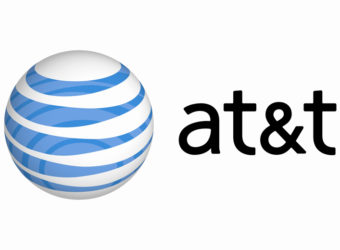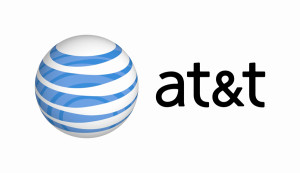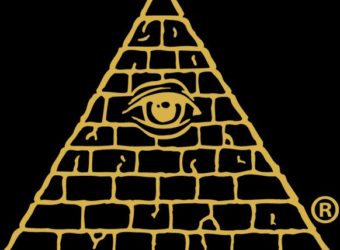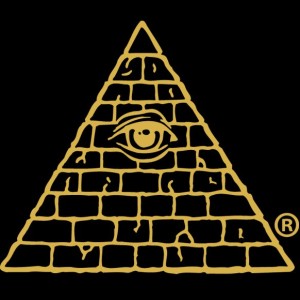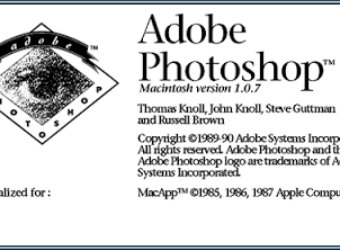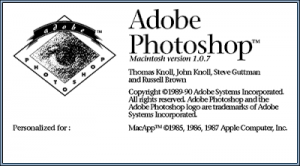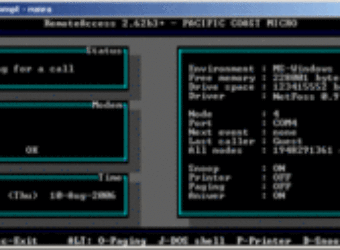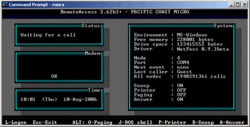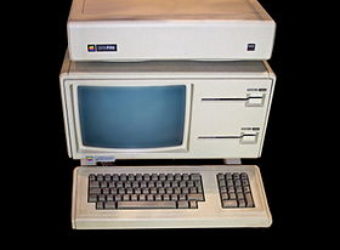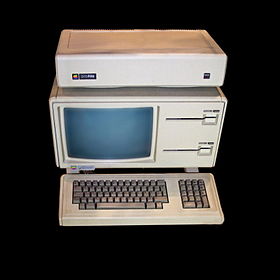June 5, 1983: Coleco Adam Computer
Subscribe! Spotify | RSS | More
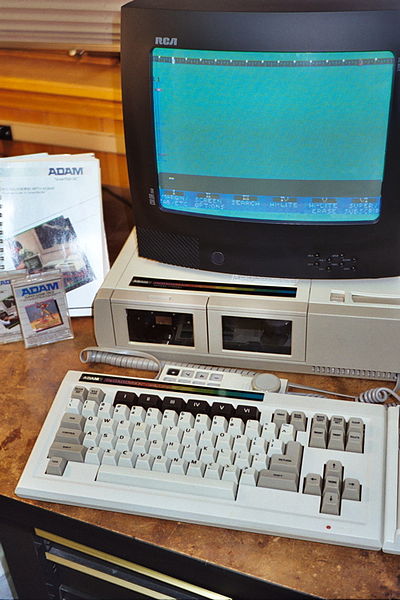
1983 – Coleco announced at the Consumer Electronics Show the Coleco Adam. It was their first attempt at a computer hybrid system – gaming and desktop computing. The $725 price tag didn’t hurt, either.
With a Zilog Z80 processor and 80 kB RAM with 16 kB video RAM, the Adam could do what you needed. Also available was a printer, tape drive, and spots for 3 expansion cards.
Unfortunately, the computer didn’t do as well as the company wanted. They expected a half-million sold by December, but didn’t reach that goal. Ultimately, the Coleco Adam was discontinued in 1985.

Subscribe to Day In Tech History:
RSS Feed - iTunes - Android - Spotify - iHeartRadio
Facebook -
- RSS Bandwidth by Cachefly Get a 14 Day Trial
- Join me on Patreon and support Day in Tech History
- Apple II goes on sale
- Bob Hope was declared dead on the Internet – which was not true
- Jeff Moss joined the Homeland Security Advisory Council
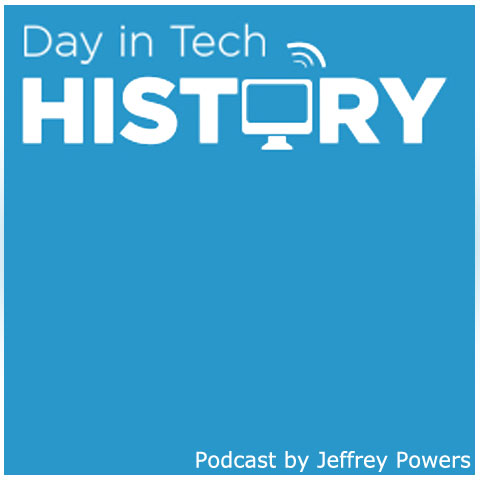
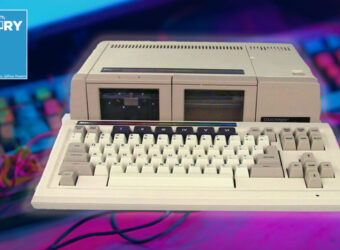

![Shrek[1] Shrek](https://dayintechhistory.com/wp-content/uploads/2013/05/Shrek1-340x250.jpg)



